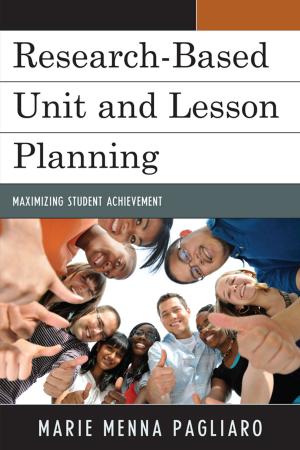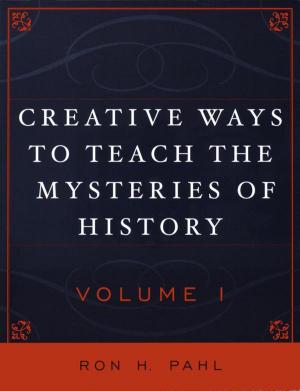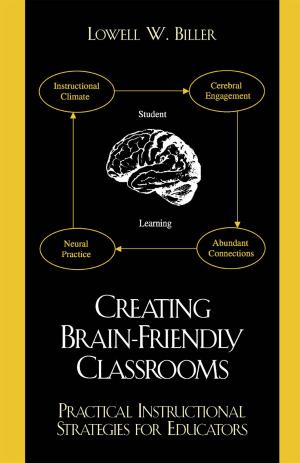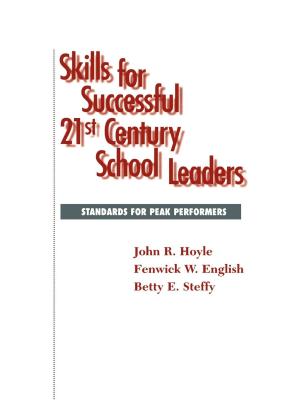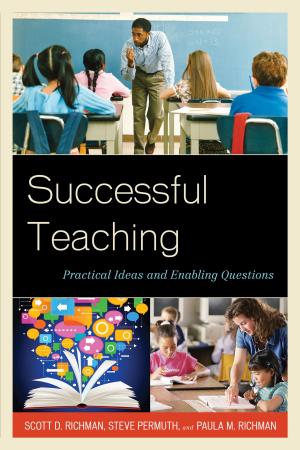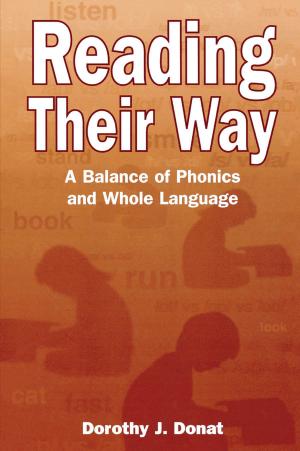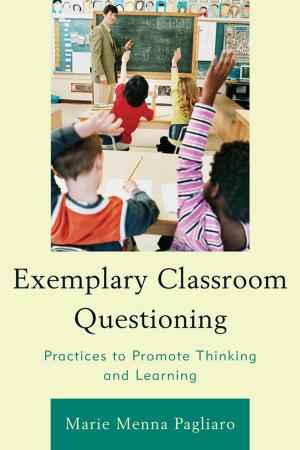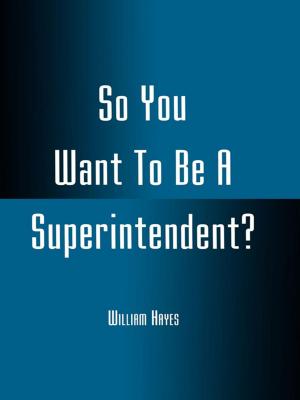How to Think About Law School
A Handbook for Undergraduates and their Parents
Kids, School Tools, Careers, Nonfiction, Reference & Language, Law, Reference, Social & Cultural Studies, Political Science| Author: | Michael R. Dillon | ISBN: | 9781475802474 |
| Publisher: | R&L Education | Publication: | February 21, 2013 |
| Imprint: | R&L Education | Language: | English |
| Author: | Michael R. Dillon |
| ISBN: | 9781475802474 |
| Publisher: | R&L Education |
| Publication: | February 21, 2013 |
| Imprint: | R&L Education |
| Language: | English |
This Handbook provides a comprehensive guide for college students and high school seniors considering law school. It teaches how to build an undergraduate resume, how to gather information about law school and legal careers, how to prepare for the Law School Admissions Test (LSAT) and how to navigate the pitfalls of the law school application process. It also leads students through the law school curriculum, the central importance of the first year (1L), the roles played by Law Review, clinical programs, Moot Court, Mock Trial, interviewing, networking, summer associate positions and clerkships. Finally, it concludes with seven lessons to carry from law school into legal practice. This Handbook arises from the author’s two careers---one as a university professor and pre-law advisor, the other as a magna cum laude law school graduate and a successful practicing attorney. Along the way it conveys the author’s love of the law and admiration for the role of law in the United States.
-Adopts a broader and longer perspective than any of its competitors, beginning with freshman year, and covering each year as an undergraduate, through law school admissions, the three years of law school, and into the beginnings of legal practice.
-Provides useful, concrete and practical information including, lists of Dos and Don’ts, a Four Year Checklist, information about key resources, a step-by-step explanation of the law school application process, as well as a formula for selecting “competitive”, “safe” and “reach” law schools.
-Presents detailed information about the law school curriculum each year, the importance of Law Review, clinical programs, Moot Court, interviewing skills, and
summer associate positions.
-Addresses current downsides to the practice of law in a more open way than any of its competitors, including the exhorbitant cost of law school, the difficulty repaying
law school debt, the lack of opening legal positions in the wake of 2008, the high levels of job dissatisfaction in the profession, the stresses practice places upon a personal live.
-Concludes with seven lessons to carry from law school into the practice of law.
-Adopts a broader and longer perspective than any of its competitors, beginning with freshman year, and covering each year as an undergraduate, through law school admissions, the three years of law school, and into the beginnings of legal practice.
-Provides useful, concrete and practical information including, lists of Dos and Don’ts, a Four Year Checklist, information about key resources, a step-by-step explanation of the law school application process, as well as a formula for selecting “competitive”, “safe” and “reach” law schools.
-Presents detailed information about the law school curriculum each year, the importance of Law Review, clinical programs, Moot Court, interviewing skills, and
summer associate positions.
-Addresses current downsides to the practice of law in a more open way than any of its competitors, including the exhorbitant cost of law school, the difficulty repaying
law school debt, the lack of opening legal positions in the wake of 2008, the high levels of job dissatisfaction in the profession, the stresses practice places upon a personal live.
-Concludes with seven lessons to carry from law school into the practice of law.
This Handbook provides a comprehensive guide for college students and high school seniors considering law school. It teaches how to build an undergraduate resume, how to gather information about law school and legal careers, how to prepare for the Law School Admissions Test (LSAT) and how to navigate the pitfalls of the law school application process. It also leads students through the law school curriculum, the central importance of the first year (1L), the roles played by Law Review, clinical programs, Moot Court, Mock Trial, interviewing, networking, summer associate positions and clerkships. Finally, it concludes with seven lessons to carry from law school into legal practice. This Handbook arises from the author’s two careers---one as a university professor and pre-law advisor, the other as a magna cum laude law school graduate and a successful practicing attorney. Along the way it conveys the author’s love of the law and admiration for the role of law in the United States.
-Adopts a broader and longer perspective than any of its competitors, beginning with freshman year, and covering each year as an undergraduate, through law school admissions, the three years of law school, and into the beginnings of legal practice.
-Provides useful, concrete and practical information including, lists of Dos and Don’ts, a Four Year Checklist, information about key resources, a step-by-step explanation of the law school application process, as well as a formula for selecting “competitive”, “safe” and “reach” law schools.
-Presents detailed information about the law school curriculum each year, the importance of Law Review, clinical programs, Moot Court, interviewing skills, and
summer associate positions.
-Addresses current downsides to the practice of law in a more open way than any of its competitors, including the exhorbitant cost of law school, the difficulty repaying
law school debt, the lack of opening legal positions in the wake of 2008, the high levels of job dissatisfaction in the profession, the stresses practice places upon a personal live.
-Concludes with seven lessons to carry from law school into the practice of law.
-Adopts a broader and longer perspective than any of its competitors, beginning with freshman year, and covering each year as an undergraduate, through law school admissions, the three years of law school, and into the beginnings of legal practice.
-Provides useful, concrete and practical information including, lists of Dos and Don’ts, a Four Year Checklist, information about key resources, a step-by-step explanation of the law school application process, as well as a formula for selecting “competitive”, “safe” and “reach” law schools.
-Presents detailed information about the law school curriculum each year, the importance of Law Review, clinical programs, Moot Court, interviewing skills, and
summer associate positions.
-Addresses current downsides to the practice of law in a more open way than any of its competitors, including the exhorbitant cost of law school, the difficulty repaying
law school debt, the lack of opening legal positions in the wake of 2008, the high levels of job dissatisfaction in the profession, the stresses practice places upon a personal live.
-Concludes with seven lessons to carry from law school into the practice of law.



